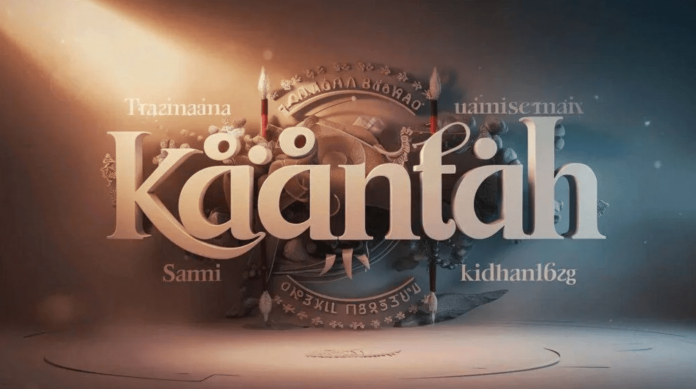The word “kääntäh” captures the spirit of language translation as well as the subtleties of communication in a globalized society. The word is important for appreciating the value of linguistic diversity, the skill of translation, and the cultural significance of language preservation even though it may not be well known outside of Finnish-speaking areas.
Also Read Article: Understanding Ligarmos: A Deep Dive into Connectivity and Communication
Table of Contents
Comprehending Kääntäh
In Finnish, “kääntäh” means “to turn” or “to translate.” This idea represents the complex process of translating meaning, emotion, and context from one language to another and goes beyond simple word substitution. Kääntäh is a term used to represent the work of linguists and translators who work to overcome language barriers and improve communication between speakers of other languages. Translation calls for a thorough comprehension of the source and target languages as well as the cultural contexts in which they are utilized. It goes beyond just translating text from one language to another. Kääntäh draws attention to the difficulties translators encounter in maintaining the spirit of the source text while rendering it understandable to a fresh audience.
The Value of Linguistic Translation
The importance of translation has grown in the modern, globalized society. As companies venture into global markets, proficient communication becomes crucial for fostering connections and comprehending heterogeneous clientele. Kääntäh personifies this requirement by highlighting the value of language flexibility in a range of fields, including as business, education, and diplomacy. Furthermore, translation is essential to the preservation of cultural heritage. Translation plays a vital role in preserving the information and customs ingrained in many endangered languages. Translators preserve cultural identities and make sure that future generations can respect and benefit from their legacy by translating works of literature, folklore, and oral histories.
Translation: An Art and Science
Kääntäh is an artistic and scientific technique. Translators need to be culturally competent in addition to being proficient in language. They must negotiate colloquial language, regional accents, and social conventions, all of which have a big influence on how someone interprets something. A competent translator must be good at recognizing context and intent because they are aware that literal translations frequently result in misunderstandings. Furthermore, the field of translation has changed as a result of technological advancements. People can now interact across language borders more easily thanks to machine translation programs like Google Translate. These programs can be useful for simple translations, but they frequently miss the nuances of spoken language. The intrinsic value of human translators—who are able to express emotions, humor, and cultural allusions in ways that machines cannot—is brought home by Kääntäh.
In Finnish culture, Kääntäh
Kääntäh is a cultural phenomena as well as a practical requirement in Finland. Because of its distinctive vocabulary and syntax, the Finnish language poses special difficulties for translators. For example, the extensive system of cases in Finnish might change a word’s meaning depending on how it fits within a phrase. To effectively transmit meaning in a different language, translators must maneuver through these complications. Another field in which Kääntäh is important is Finnish literature. Several languages have translated the works of well-known Finnish writers like Aleksis Kivi and Frans Eemil Sillanpää, giving their tales a worldwide readership. Translation helps promote cross-cultural understanding and dialogue by bringing Finnish literature to a wider audience.
The Prospects for Kääntäh
The significance of Kääntäh will only increase with global interconnectedness. Translation into other languages will always be an essential part of communication in a variety of settings, such as business, healthcare, and education. Furthermore, as migration throughout the world rises, so will the need for translation services, which will raise the need of language diversity and cultural sensitivity. The emergence of social media and online communication platforms in the digital age has increased demand for translation even more. Kääntäh reflects the essence of international communication by facilitating cross-border exchanges of concepts, narratives, and personal experiences.
Conclusion
Kääntäh reminds us how important translation is in our increasingly interconnected society. It includes not just the technical aspects of language translation but also the cultural importance of maintaining legacy and promoting mutual understanding across disparate groups. The significance of Käntäh will not lessen as we continue to negotiate the challenges of communication, showcasing the elegance of linguistic variety and the skill of building connections via language.





